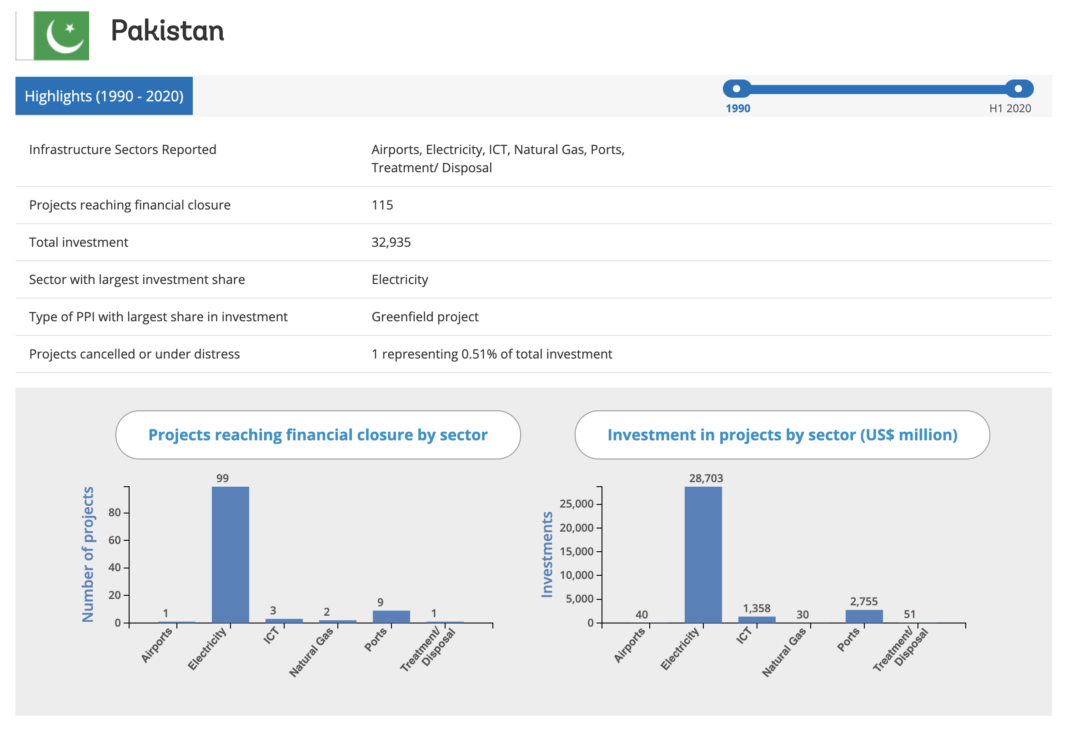Maryam Zia Baloch
Waheed Mengal and Dr. Sherbano are recent names that come to mind when we think of accidents and deaths on the Quetta-Karachi RCD highway. Every few days someone posts about the death of a family member, a friend, and an acquaintance on this road on social media. People of Balochistan have named this road a Killer highway because many lives are lost on this highway.
After every deadly accident, people run hashtags on Twitter demanding to make this highway at least a dual-carriageway from the current single lane. The demand for a double lane highway is very legitimate; there are already many other ways people lose their lives in Balochistan, and dying on the highway, sometimes traveling to another city or mere heading back to home in a far-flung village, adds an unnecessary reason to die.
Read Also: In Balochistan, Five Times More People Die in Highway Accidents than Suicide Blasts
Deaths on highways are preventable and making RCD Highway (N-25) a double lane highway is quite possible. The possibility lies in the Public-Private Partnership (PPP) investments. In PPPs government and private sector jointly finance a project, and share not only the financing burden but also undertake equal risks. Infrastructure is an area where PPPs are common in the developing world. World Bank Private Participation in Infrastructure (PPI) database shows that Pakistan has done PPPs since 1992 in many sectors, including energy, information, and communication technology, and natural gas, etc. The below screenshot from the World Bank PPI database pretty much sums up Pakistan’s experience in PPPs from 1990 to 2020.
This picture makes it clear that Pakistan is capable of doing PPPs, and adding another lane to N-25 with the length of 813 km, should not be a problem for it.
Furthermore, research on the determinants of PPPs reveals that Pakistan has the characteristics where a PPP can be successful. Hammami et al. (2009) suggest that countries where the government faces constraints, in terms of heavy debt burden and large budget deficits, can conceive unaffordable projects with the help of the private sector. Pakistan is such a country that is under a heavy debt burden and runs large deficits; it can adopt PPP arrangements to provide public goods by encouraging private participation in these projects. Institutional quality and legal system are also very important determinants of PPPs. Definitely, the Government of Pakistan needs to work on these areas to encourage the private sector to participate in public goods provision.
Read Also: 60 percent of Balochistan Does not Have Internet Coverage: Report
I believe when the Government of Pakistan can design Uch Power Ltd as a PPP in 1996 in Balochistan, it for sure can convert a killer highway, through PPP investment, into double lane highway to save lives in Balochistan in 2020. The recent experience of building highways and motorways, for CPEC, in Balochistan has given hands-on experience to many firms in the construction sector to develop and build roads in Balochistan. There isn’t any issue of capacity and technology for building national highways in Balochistan, then the question becomes is Government of Pakistan willing to spend a few million rupees to save people of Balochistan from dying, unnecessarily, while traveling on a road.
The writer works with Infrastructure Finance, PPPs and Guarantees, The World Bank at Washington DC, and a Fulbright Alumni who belongs to Turbat, Balochistan. She tweets at @MerryBaloch.
Disclaimer: Views expressed in this article are those of the author and Balochistan Voices not necessarily agrees with them.
Share your comments!









